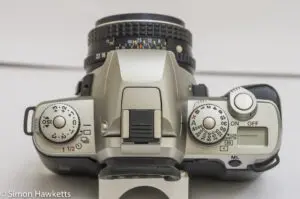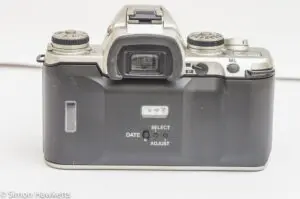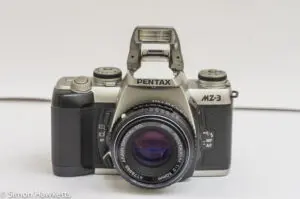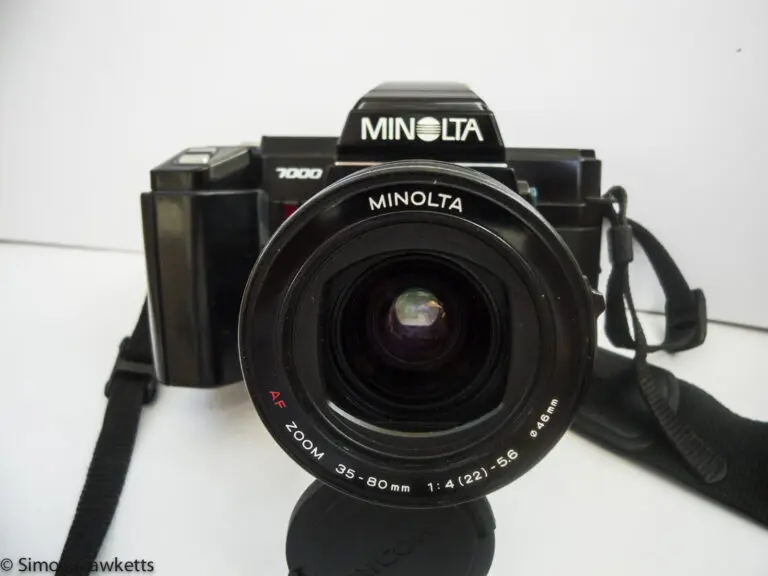The Fantastic Pentax MZ-3 autofocus SLR review
This is a review of almost the top camera in the Pentax MZ series – the fantastic Pentax MZ-3. Only one camera had a better spec than the MZ-3 and that was the MZ-S which was, and still is, considerably more expensive to obtain than the MZ-3.
Pentax MZ-3 Images
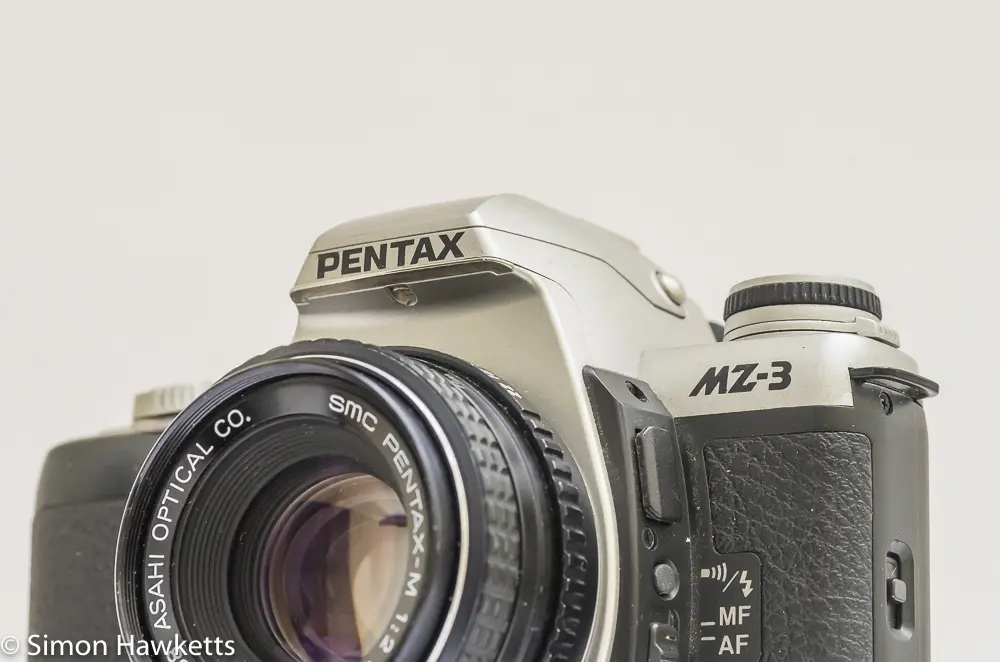
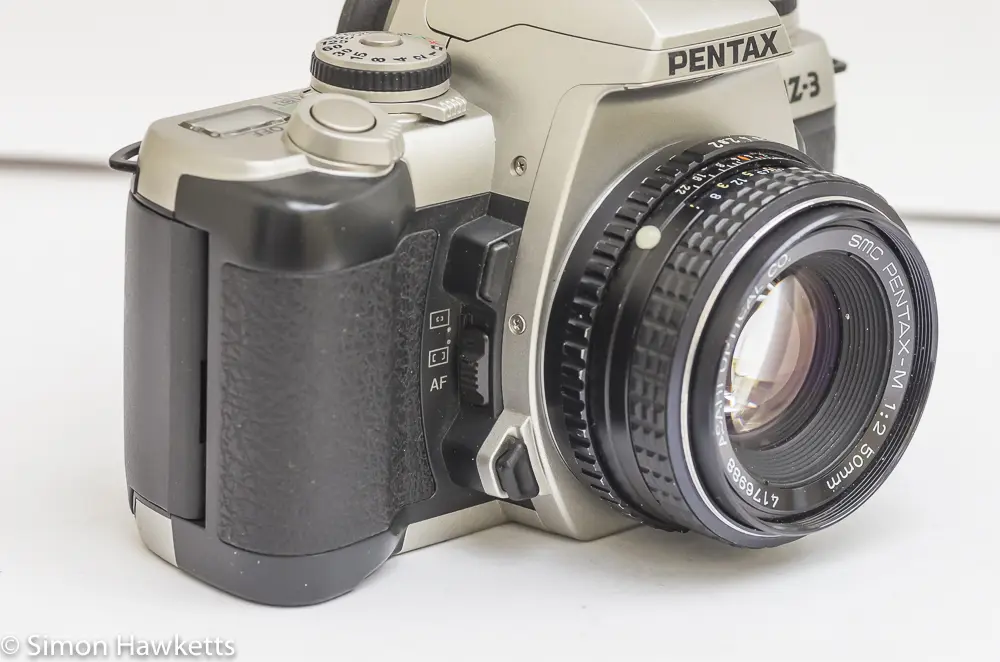
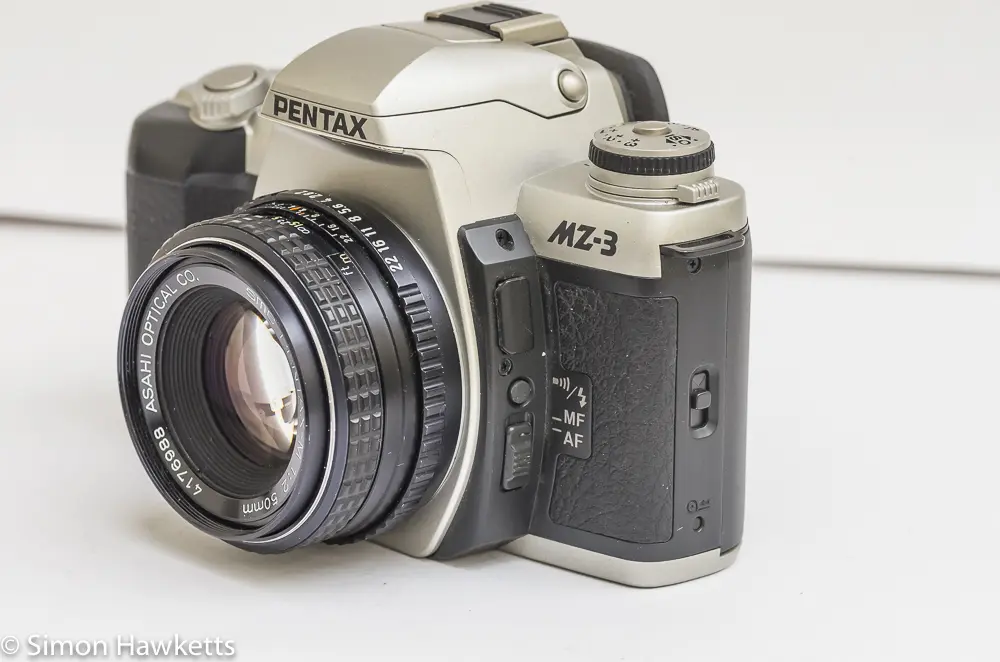
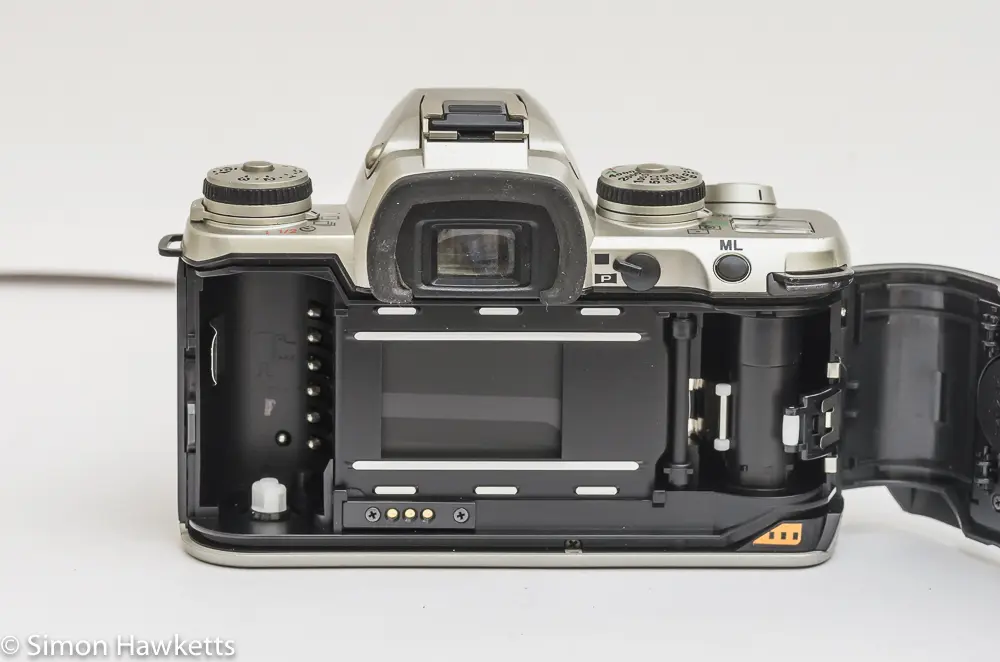
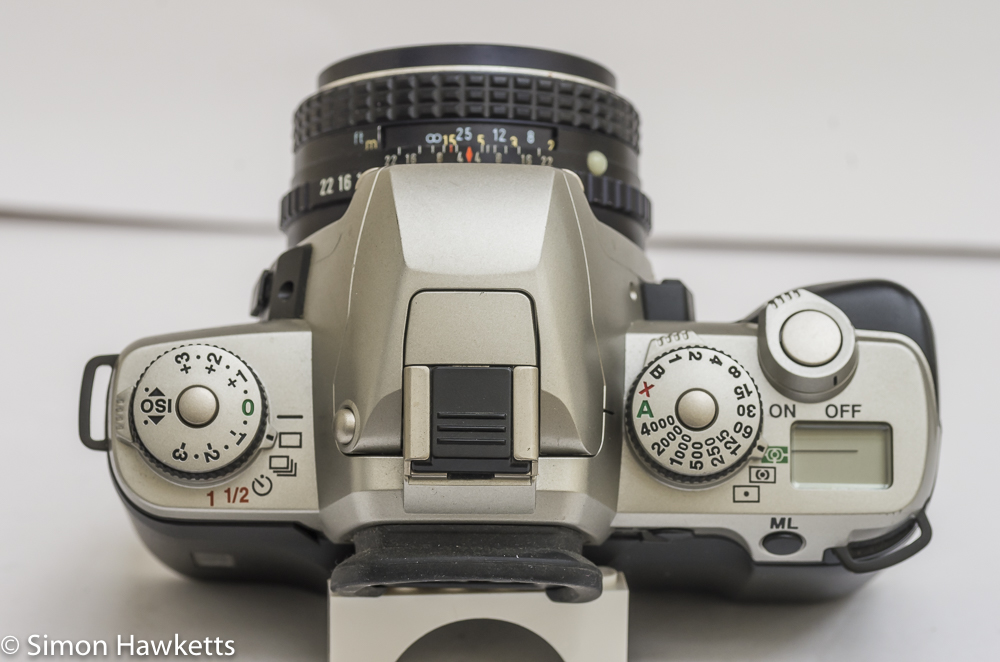
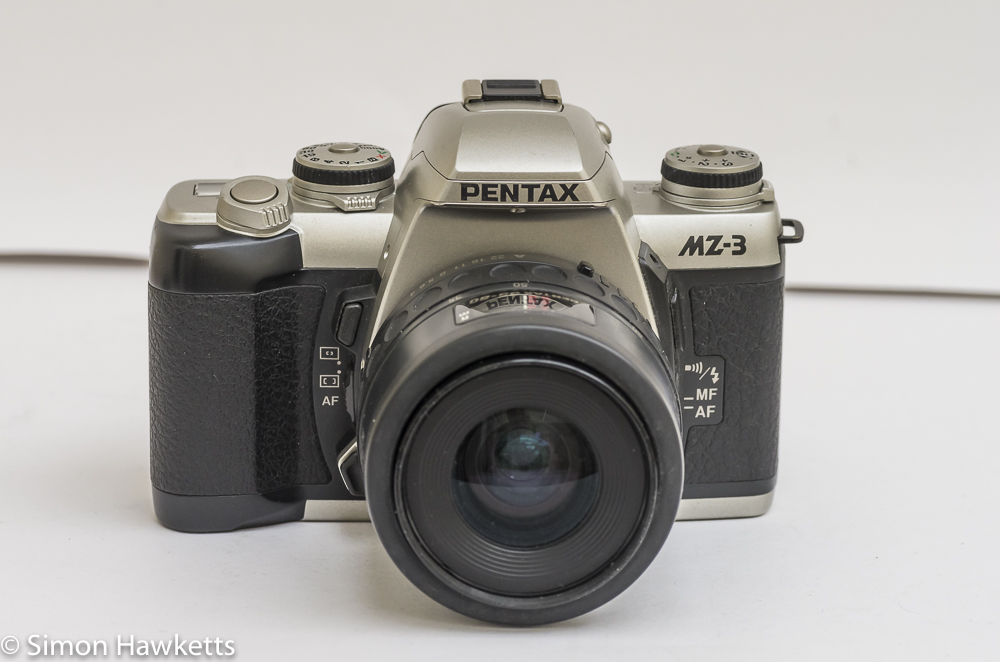
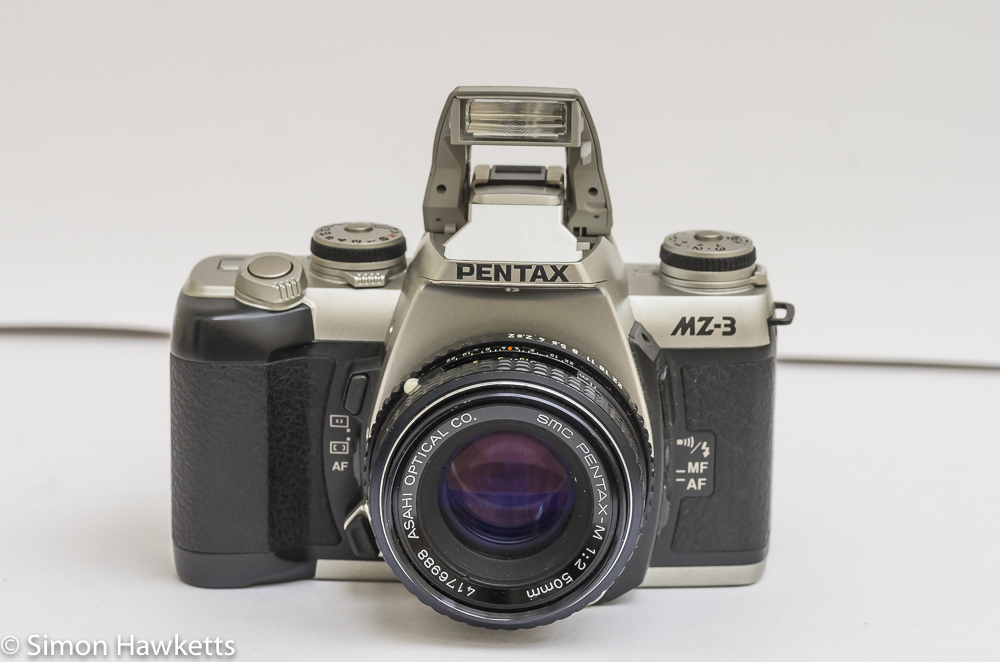
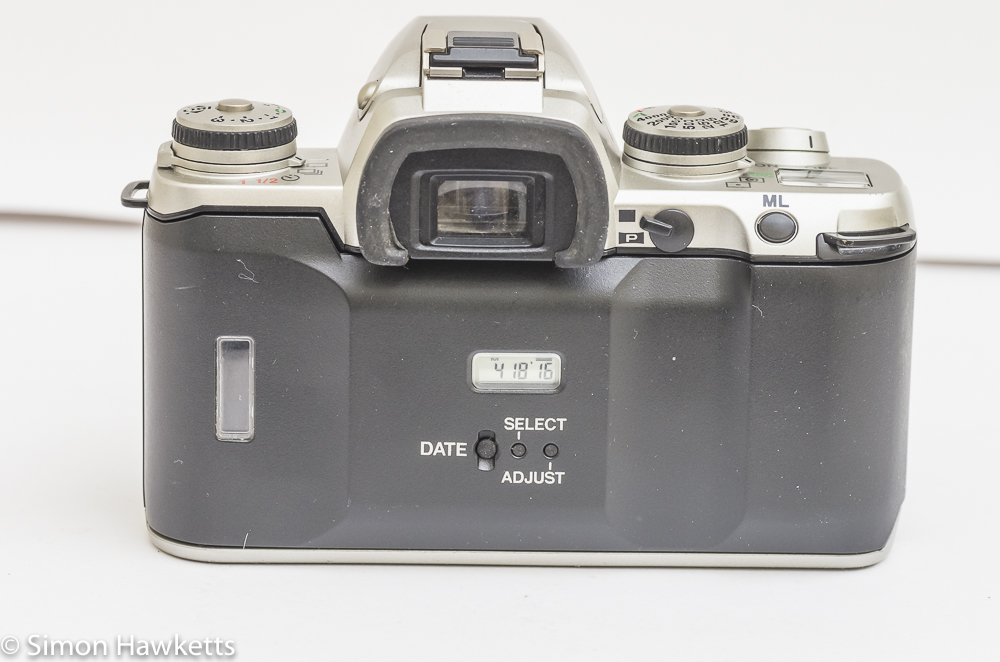
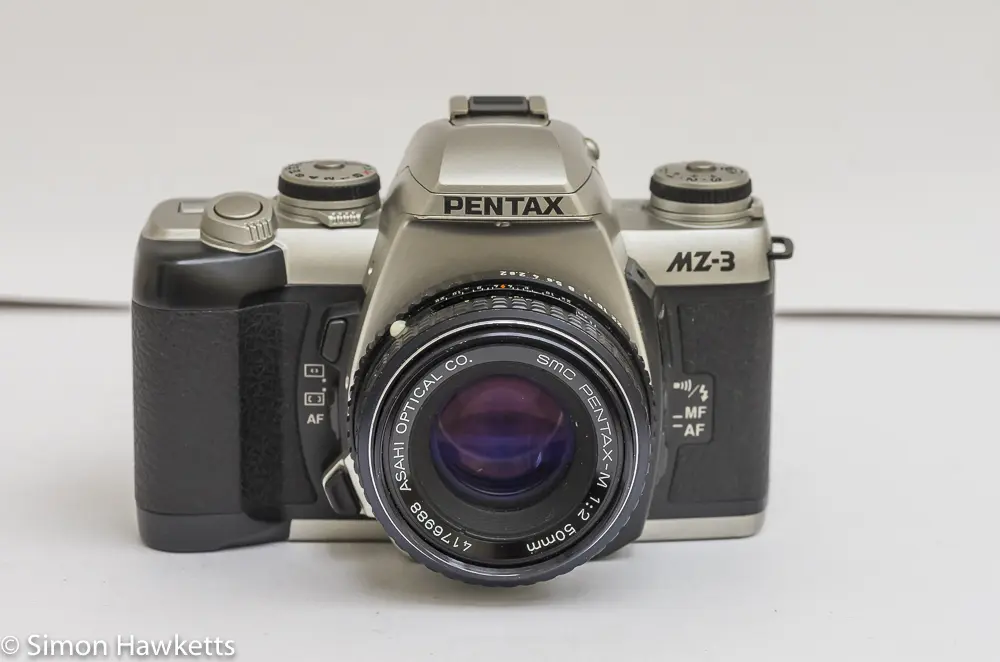

My Pentax MZ-3 Camera
I acquired this camera to fill in the gap in my Pentax MZ series collection because it is one of the few models (other than the MZ-S) which I don’t have.
I have seen various examples of the MZ-3 for sale, but they have always been too expensive to bother with because of the intrinsic reliability problems with the series. But when I saw this one for only a few pounds, I decided to place a bid and got it for £9.
In fact, the purchase of this camera was the biggest driver in my recent attempt to fix my MZ-5n because I’d owned my two broken MZ-5n’s for several months and not got round to attempting the mirror motor repair. Once I had the MZ-3 ordered, I decided to see how difficult the repair was in case I needed to do the same to it once it arrived.
As it happens I don’t need to carry out that repair, at least not at the moment, because when the camera was delivered, and I put some fresh batteries in it everything seems fine. The top camera in the series, the MZ-S, was modified to change the mirror motor cog to brass, so it never had the reliability issues that plague the other cameras in the series. Unfortunately, the MZ-3 still has the plastic cog, so at some time I’m probably going to have to pull it all apart and replace the motor.
The overall condition of the example I received is very good, with hardly a mark on it. Other than their reliability issues, I’ve found all the MZ series cameras I own seem to be in pristine condition. It’s odd that although they feel quite flimsy and look as it they are made of low grade, plastic materials, they are actually quite tough and seem able to survive the years well.
There is a data back fitted to my camera which will allow the imprint of the date onto the negative. I would probably never use this option, but although I’ve got a spare back from the MZ-50 I dismantled to get the mirror motor in my MZ-5n repair, I haven’t changed it over because it’s possible to turn the date imprint off.
Pentax MZ-3 Description
The MZ-3 is a remarkably small camera considering the amount of electronics and mechanical equipment which is packed into the body. It’s approximately the same size as an Olympus OM-20 and a dramatic change from the Z series which preceded the MZ series, particularly if it’s compared to the top camera in that line-up, the Z-1p.
The single digit MZ series cameras were aimed at the more serious photographers, and the double-digit cameras had the features like ‘scene’ modes for the point and shoot market. Being the lowest number in the single digit series makes the MZ-3 the top spec camera, with the exception of the flagship MZ-S unit.
The actual body size of all the cameras in the series except the MZ-S are the same and some components, like the back panel and some plastic body parts, are interchangeable.
I think personally that the MZ series were the most attractive autofocus 35 mm camera that Pentax made and look and feel very similar to the Minolta Dynax series which were made at a similar time.
Control Layout
There is a distinct difference in the layout and use of the MZ-3 compared to the previous series models like the Z-20 or the Z-1. On those cameras there were handily placed controls on the body of the camera to adjust the lens aperture and the shutter speed and a mode dial to set the exposure mode.
On the MZ-3 the controls are much more reminiscent of the earlier mechanical cameras like the Spotmatic or K1000. There is a dial on the top for the shutter speed, a dial for exposure compensation and the aperture control is fitted in the conventional place on the lens barrel. Of course, the camera offers all the auto exposure modes, but instead of a mode dial, the camera switches mode based on the ‘A’ position of the lens and shutter speed dials.
There are lock positions on the shutter speed dial and the exposure compensation dial which need to be unlocked by pressing a button in the middle of the dial – it’s a bit fiddly, but I guess better than just being able to move freely off the A setting. The exposure compensation dial also has a second function of setting the film ISO if you want to override the DX coded speed. By unlocking the dial and selecting either ISO- or ISO+, the Memory Lock button on the back panel will increment or decrement the film speed.
Around the bottom of the shutter speed dial is a switch to select the metering mode, either matrix, centre weighted or spot metering, and around the exposure compensation dial is a drive mode selection switch which allows single, multiple, self-timer and two levels of bracketing 1/2 stop or full stop.
On the back of the camera where the thumb sits is a button to enable the exposure memory lock, and a switch to enable panorama mode. The panorama mode was available on several MZ series cameras, and it just adds a couple of blinds to the top and bottom of the frame to produce a negative with the top and bottom blanked out. The blinds also appear in the viewfinder, so at least it’s possible to correctly compose pictures.
The one downside of the control layout adopted for me is that the camera can’t control lenses which don’t have an aperture ring in my preferred mode of Aperture Priority. The camera is able to set the aperture in modes where it is automatically set, so it’s fine in Program mode or Shutter priority however, so if that’s your favourite mode you’re OK!
Exposure Modes and metering
I’m not going to go into a lot of detail about the modes offered, other than to say the MZ-3 has every exposure mode and metering option that you could realistically need. With both the shutter speed and the aperture ring in ‘A’ mode, the camera is in program mode and adjusts both aperture and shutter automatically. Move either off the ‘A’ setting and the photographer sets that setting and the camera takes care of the setting still in A (so if you set the aperture, the camera sets the shutter speed, and you are in Aperture Priority). If both lens and shutter off ‘A’ you are in metered manual mode.
Simple isn’t it?
The metering options I covered above except to say that the matrix metering mode is a 6 segment matrix which is averaged to try to get the best balanced exposure. We will see how it performs once I develop my first film, although I would be amazed if it wasn’t at least as good as the other MZ series cameras I have film tested, and they seemed pretty good at judging exposure in all conditions.
Viewfinder and indicators.
The viewfinder is reasonable, but not brilliant. It is a bit smaller than the viewfinder fitted to the ME series and doesn’t quite seem as bright to me. The thing I really miss is the split rangefinder for manual focus, but of course this is an autofocus camera, so such things aren’t fitted. There is a lot of sense in using an autofocus camera with a manual focus lens because the focus sensors still detect when the focus point is reached and the camera beeps. I know logically that means you don’t need the split rangefinder, but I would still like one fitted.
Anyway, that aside, the viewfinder has an information panel on the right-hand side which has the shutter speed, aperture (if the lens can be read), focus indicator icon, exposure compensation flag and a scale showing the amount of compensation, or amount of exposure error if you are in manual mode. It’s not much compared to a modern DSLR, but it is bright and readable, which makes it pretty useful.
There is a small LCD on the top panel which shows the exposure mode selected, if flash is needed, the frame count, and if the beep function is turned on. This panel also displays the film ISO when the film is loaded and again if the DX coded ISO is overridden.
Autofocus
The autofocus performance is definitely a step up from the Z series (although that series was perfectly usable) because the MZ-3 is equipped with 3 focus sensors which can be selected as a group, or the centre one can be selected individually if required. During my tests with the camera I used both manual focus and autofocus lenses and found the focus confirmation signal quite accurate in manual mode, and the autofocus performance pretty good, trying it in some quite dark conditions and found the camera locked on nicely.
Using the Pentax MZ-3
So, what’s the MZ-3 like to shoot with? To find out, I loaded a roll of Agfa Superia Xtra 800 and took the camera about with me for a few days. I used 800 ISO film because the bluebells are starting to flower in the woods around us and I thought it might be nice to try to get some shots of them on film.
My first impressions are that the camera is small and light to carry around, but it’s a lot tougher than its completely plastic construction would suggest. I don’t think I’d like to drop it – I don’t think it’s that tough, but it certainly feels pretty solid in the hands and quite well-balanced with the lenses I used. For the record I used a Pentax SMC F 35-80 zoom, a Pentax 50 mm f/1.7 ‘A’ manual focus prime and a Tamron 90 mm f/2.8 macro lens.
I have to say that I quite like the mode of operation the camera uses. Since I normally shoot in Aperture Priority, there is something quite pleasing to adjusting the aperture on the body of the lens rather than using a wheel on the camera body – it reminds me of shooting with a mechanical camera. I also found the shutter sound of the MZ-3 quite pleasant, it’s quite precise, and the film transport is pretty quiet and quick.
If I had to criticize anything, I’d say the hand grip is a little small, but that is really being picky – after all, it’s a small camera. All in all, it’s been nice to take the camera around with me for the last few days.
I’ll be able to properly judge the performance of the MZ-3 when I develop the film, but I’m hoping that it is as good a performer as the other MZ series cameras I’ve tried. If I could get the issue with the mirror motor fixed (which a new drive cog will do – I have some on order), then the MZ-3 will be a great camera for me as a Pentax K-5 user to carry about with me because most of the lenses I use on the K-5 will also work in the MZ-3.
Update: The pictures I took with this camera are available here.
Pentax MZ-3 specifications
- Pentax MZ-3 35mm auto-focus slr camera
- Shutter speeds 1/4000 sec to 30 sec stepless in auto modes or selectable from 1/4000 sec to 1 sec in manual + B + self timer
- 6 segment matrix metering, centre weighted or spot metering selectable by switch
- Support for Pentax Power Zoom lenses
- Aperture Priority, Shutter Priority, Program Mode and Metered Manual mode
- DX coded film chamber with manual override
- Metal Kaf2 lens mount
- 3 point or selectable single centre point auto-focus. Focus confirmation with manual lenses
- Pentaprism viewfinder with diopter adjustment
- Depth of field Preview
- Powered film wind, rewind with single shot, multiple shot and bracketing
- Exposure compensation
- Built in flash
- Powered by 2 x CR2 batteries which are required for the camera to work
- Data back for date impression in corner of negative
- Manual for this and other Pentax cameras available on-line here
- Ser No: 7661090
Discover more from Everything Vintage
Subscribe to get the latest posts sent to your email.


